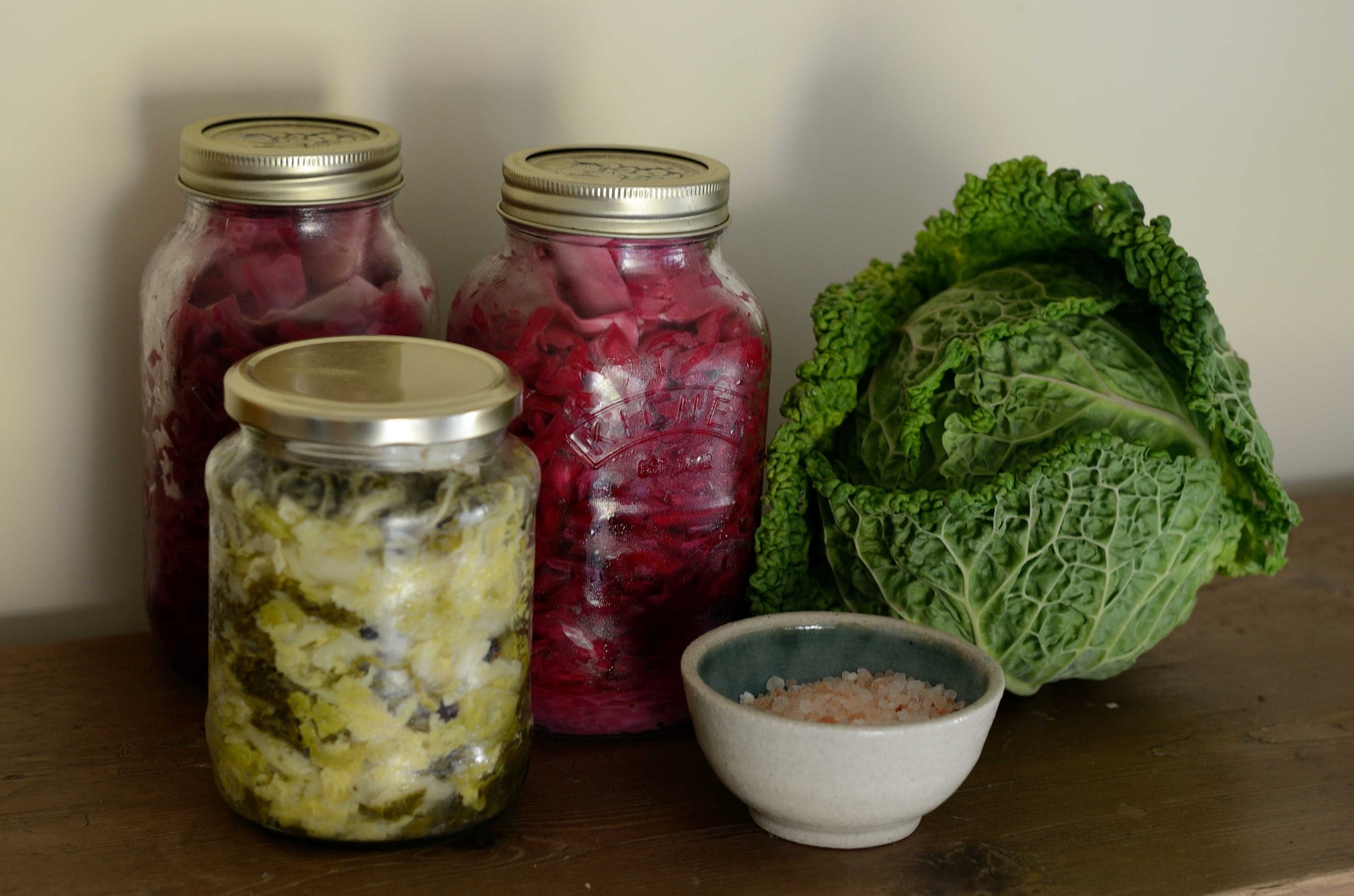
| Cookie | Duration | Description |
|---|---|---|
| cookielawinfo-checkbox-analytics | 11 months | This cookie is set by GDPR Cookie Consent plugin. The cookie is used to store the user consent for the cookies in the category "Analytics". |
| cookielawinfo-checkbox-functional | 11 months | The cookie is set by GDPR cookie consent to record the user consent for the cookies in the category "Functional". |
| cookielawinfo-checkbox-necessary | 11 months | This cookie is set by GDPR Cookie Consent plugin. The cookies is used to store the user consent for the cookies in the category "Necessary". |
| cookielawinfo-checkbox-others | 11 months | This cookie is set by GDPR Cookie Consent plugin. The cookie is used to store the user consent for the cookies in the category "Other. |
| cookielawinfo-checkbox-performance | 11 months | This cookie is set by GDPR Cookie Consent plugin. The cookie is used to store the user consent for the cookies in the category "Performance". |
| viewed_cookie_policy | 11 months | The cookie is set by the GDPR Cookie Consent plugin and is used to store whether or not user has consented to the use of cookies. It does not store any personal data. |

The Crafty Pickle Co’s Sauerkraut Recipe
Great as a condiment with hearty and healthy food during autumn, sauerkraut is a tasty way to get some greens into your diet.
Surprisingly, it’s relatively simple to make this fermented favourite and local to the North East, The Crafty Pickle Co. has an easy recipe to making your own this season. Read on to find out how and remember the company’s four rules to success – shred, salt, pound and pack.
This recipe makes approximately 500g of sauerkraut
Ingredients
Start by removing a couple of outer leaves from the cabbage before washing in cold water and putting to one side.
Next, shred the remaining cabbage by cutting it in half, carefully taking out the core and copping into fine strips. Put the strips into a bowl.
Add a small amount of salt, around a tablespoon, to the bowl of cabbage and use your hands to ensure that every bit is covered. If there isn’t enough salt then add some more – you can sample as you go to make sure the kraut is suited to your taste.
Grate or chop your choice of fruit and vegetables before mixing in with the cabbage. You can also add some herbs or spices if you like.
Using your hands, pound the mixture by massaging and squeezing the mixture until water begins to run from your fists. If you’re not able to use your hands then you can also use a rolling pin.
Place a handful of the mixture into a clean jar and pack down so that they’re in there tightly. Make sure there’s no air bubbles as the kraut needs an oxygen-free environment to thrive. Once you’re able two inches from the top, stop and pour any excess liquid over the vegetables to cover.
Take a portion of one of the leaves that you left to the side and place on top of the jar. Push down onto your kraut so that the leaf acts as a seal.
Cap the jar and leave on your worktop or counter out of direct sunlight. The jar can be left for between three days and three weeks – just try different stages and see what you like.
The Crafty Pickle Co. is a regular stall holder at the Chapelton farmer’s market. To find out more about the company, it’s range of products available and a video on fermenting sauerkraut at home, visit www.thecraftypickle.co.uk/post/ferment-in-fifteen-make-fermented-sauerkraut-at-home
Related Articles